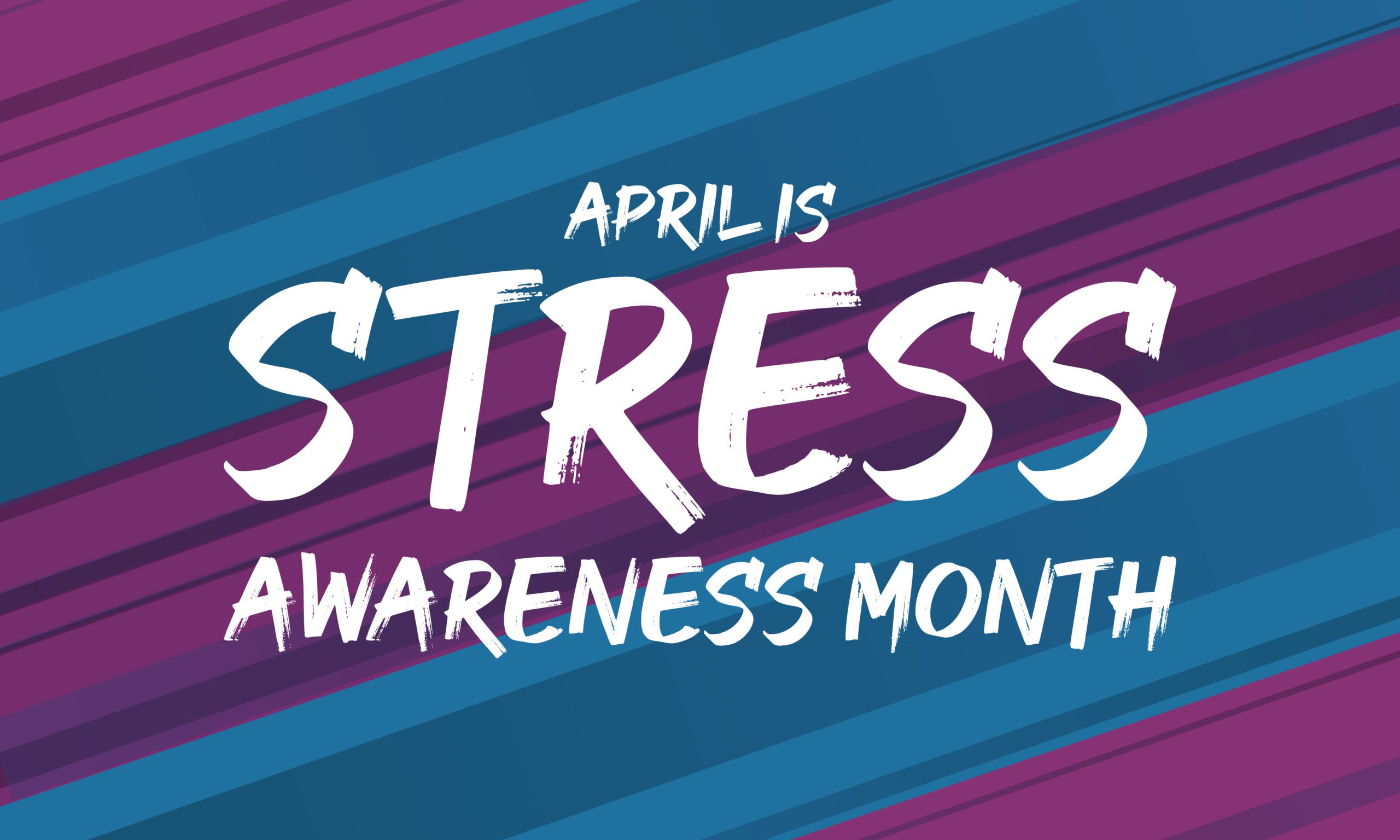 Resilience training, while beneficial, cannot single-handedly combat the detrimental effects of a toxic work culture.
Resilience training, while beneficial, cannot single-handedly combat the detrimental effects of a toxic work culture.
Organizations around the world are battling an epidemic of employee burnout. Gallup’s research suggests that 76 percent of employees experience burnout on the job at least sometimes and 28 percent say they are burned out “very often” or “always” at work. This is not sustainable.
Extended periods of burnout can have serious consequences for an individuals’ mental and emotional well-being; it’s a significant risk factor for depression, substance abuse and even suicide. Burnout also presents a serious threat to an organization, resulting in lower employee engagement, lower productivity, higher absenteeism and higher turnover rates, all of which negatively impact a company’s bottom line. The American Institute of Stress estimates that burnout costs U.S. industries more than $300 billion annually.
Addressing the rise in employee burnout has become a business imperative. According to the McKinsey Health Institute, four in five HR leaders report that mental health and well-being is a top priority for their organization. Many have implemented strategies designed to foster resilience, empowering employees to navigate challenges more effectively and thrive at work. These strategies often focus on the main drivers of burnout:
High workload and pressure: Excessive workloads, long hours, tight deadlines and unrealistic expectations can overwhelm employees and make them feel like they are constantly struggling to keep up. This sustained pressure erodes their energy and motivation over time.
Lack of control and autonomy: When employees feel powerless and unable to make decisions that affect their work, they can experience a loss of control. Micromanagement and a lack of autonomy hinder their sense of purpose and fulfillment, contributing to burnout.
Poor work-life balance: The blurring of boundaries between work and personal life can lead to chronic stress and burnout. In today’s “always-on” culture, employees often find it challenging to disconnect and rejuvenate, resulting in exhaustion and diminished well-being.
Inadequate recognition and reward: The absence of acknowledgment and appreciation for employees’ contributions can create a sense of undervaluation and disengagement. When employees’ efforts go unnoticed, it erodes their motivation and increases the risk of burnout.
Uncertainty and ambiguity: Unclear goals, vague expectations and inconsistent communication contribute to employee burnout. When employees are unsure about what is expected of them or lack clear guidance, it increases stress levels, leads to a lack of confidence and creates a constant state of uncertainty.
Toxic behaviors: Toxic behaviors such as harassment, bullying and discrimination are a leading cause of burnout. Constant exposure to degrading and abusive interactions erodes one’s mental and emotional resilience. The relentless stress and negativity associated with these behaviors undermine motivation, self-esteem and overall well-being.
Resilience training is not a panacea
Many companies have launched resilience training programs to help employees develop their ability to adapt and bounce back from adversity. Resilience training can empower employees with coping skills to deal with workplace stress. These programs can help promote work-life integration, encouraging employees to establish healthy work-life boundaries by emphasizing the importance of self-care and time management. They can also cultivate a more supportive work environment emphasizing empathy, open communication and psychological safety. Resilience training can build emotional intelligence, equipping employees with tools to effectively manage their energy, set boundaries and navigate conflicts.
Resilience training can be extremely beneficial for individuals and organizations, but resilience training is not a panacea. Resilience training programs often focus on individual-level solutions, such as stress management techniques and mindfulness exercises. While well-intentioned, these programs place responsibility on the individual to cope with the demands of what may be a toxic work culture. It assumes employees can thrive regardless of their external environment.
McKinsey Health Institute research suggests toxic workplace behaviors are the single biggest predictor of burnout symptoms and, according to a recent survey from the American Psychological Association, 19 percent of workers say their workplace is very or somewhat toxic. Those who reported a toxic workplace were more than three times as likely to have said they have experienced harm to their mental health at work than those who report a healthy workplace.
Ignoring toxic behaviors and focusing just on coping techniques is a losing proposition. Research suggests that interventions which only target individuals are far less likely to have a sustainable impact on employee well-being than systemic, organizational-level interventions. So, while these practices may offer temporary relief, they do not address systemic issues that can breed toxicity within the workplace.
Ironically, helping employees develop resilience may actually encourage them to leave the organization. Employees with high adaptability are 60 percent more likely to report intent to leave their organization if they experienced high levels of toxic behavior at work than those with low adaptability. By solely relying on resilience training, HR leaders risk inadvertently perpetuating a cycle of burnout, masking the need for true cultural change. They may be treating the symptoms without addressing the root cause.
To address the root causes of a toxic culture, organizations should focus on the organizational norms that shape individual attitudes, habits and behaviors. Norms are the unwritten rules of behavior that are shared by members of a group, a team or an organization. Norms shape expectations about employee performance, defining what is acceptable and unacceptable behavior. Norms guide employee interactions with managers, peers and colleagues – as well as customers and clients. They help employees anticipate the consequences of their own actions. Employees generally adhere to norms because they want to fit in with the people around them, and that group identity exerts a very strong influence on individual behavior – both positive and negative.
Talent management plays a critical role in shaping norms for the organization. Every strategic decision to recruit, engage, develop and reward employees can either reinforce or erode the organizational norms. For example, talent acquisition and onboarding provide a vital opportunity to introduce and establish norms with new employees. Rewards and recognition are powerful tools to clarify and reinforce organizational norms. Celebrating accomplishments and recognizing positive behaviors can send a strong signal to the organization. Talent development provides an opportunity for employees to explore norms and develop the skills that contribute to a positive work environment like communication, collaboration and decision making.
Leadership development programs can directly shape norms. Leaders set the tone for acceptable and appropriate behaviors. Underperforming leaders can have a negative effect, eroding trust in a business and creating low employee engagement. Organizations should empower leaders with tools to establish team norms that will lead to positive outcomes. That could include giving them a framework to discuss norms with their teams and preparing them to have explicit discussions about individual and team behaviors. Once these norms are established and communicated, individual team members can hold each other accountable, calling out inappropriate or unacceptable behaviors — supported by transparent policies and procedures to reinforce accountability and discourage harmful behaviors. Creating a positive team climate is the single most important driver of a team’s psychological safety.
Talent management professionals are in a unique position to set expectations for employee behavior, monitor performance and make necessary adjustments. Employee engagement and satisfaction surveys can help to identify areas in an organization that are struggling. These areas may benefit from a more direct intervention to address behaviors and attitudes. Performance reviews and 360s can provide additional insight into individual strengths and weaknesses. Exit interviews, when done effectively, can help to spot toxic behaviors in a team or manager. According to a study from the Society for Human Resource Management, one in five employees have left a job at some point in their career because of its toxic culture. Failure to address the underlying issue makes it harder to retain key talent, and once an employer has a reputation for a toxic culture it can become much harder to attract new talent.
Business leaders have a responsibility to create a positive work environment where employees can thrive. Resilience training, while beneficial, cannot single-handedly combat the detrimental effects of a toxic work culture. Talent management professionals can harness the power of norms to foster a culture that promotes psychological safety, embraces diversity and fosters employee well-being. These norms create a strong foundation for a healthy and productive work environment, ultimately enhancing overall organizational performance and employee satisfaction.
Original post Talent Management
By Kip Kelly is the senior vice president of marketing and sales at Quantuvos. Kip has over 25 years of marketing and communications experience, with a focus on talent management, executive education, professional coaching and leadership development. His expertise in diversity, inclusion and the use of data and analytics in learning and development has earned him a reputation as an industry leader, having published over 60 research studies and white papers, as featured in Chief Learning Officer Magazine, TD Magazine, Training Industry, HR Magazine, Fortune Magazine, the Chronicle of Higher Education, the Financial Times and a host of other leading publications.


